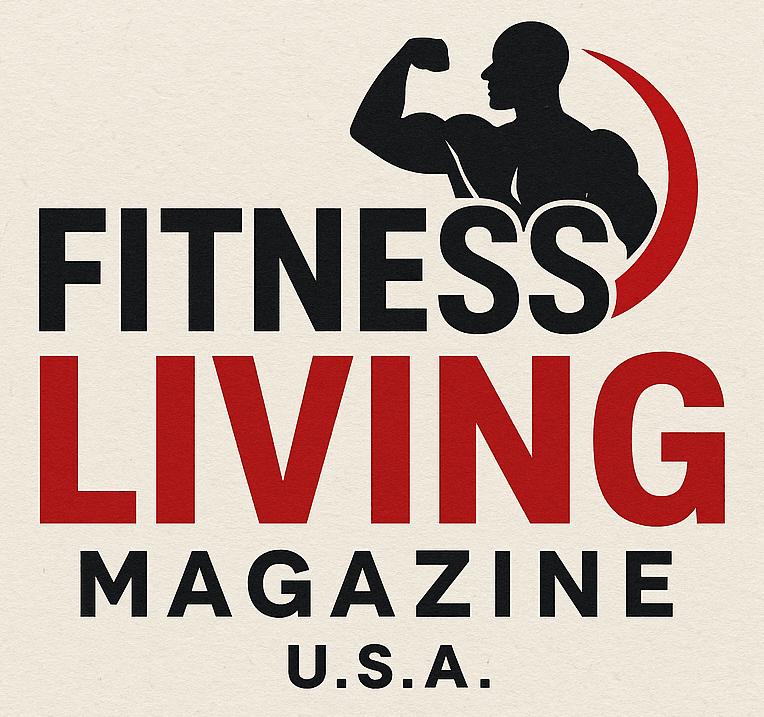
Unlocking Muscle Growth: The Power of Effective Training Splits
For gym owners and fitness trainers, understanding workout routines is fundamental for fostering muscle growth and enhancing strength in clients. A workout split systematically divides your exercise schedule throughout the week, allowing you to concentrate on various muscle groups in a targeted manner. This method not only ensures that each muscle group receives adequate attention and recovery but also maximizes growth and function by adapting to individual goals and schedules.
What Makes a Training Split Effective?
While countless training splits exist, their effectiveness boils down to how well they align with an individual’s goals, preferences, and physical capabilities. As emphasized in the reference articles from Advanced Body Metrics, it's crucial to understand your training experience, availability, rest needs, and weaknesses when tailoring a program. Moreover, various training splits can serve different purposes—whether it’s building explosive strength, hypertrophy, or endurance.
Exploring Top Training Splits
This segment outlines five highly effective workout splits, ensuring a blend of strength and hypertrophy for balanced gains:
1. Upper-Lower Training Split
Ideal for intermediate trainers transitioning from full-body workouts, this split offers four sessions per week:
- Monday: Upper Body (Push Focus)
- Tuesday: Lower Body (Squat Focus)
- Wednesday: Rest / Active Recovery
- Thursday: Upper Body (Pull Focus)
- Friday: Lower Body (Hamstring Focus)
- Weekend: Rest
This balanced approach allows for moderate frequency and volume—ideal for stable muscle and strength gains.
2. Push/Pull/Legs (PPL)
The PPL split is a favorite among enthusiasts and can be performed in multiple configurations, enabling flexibility when sessions must be missed. This allows athletes to engage in push, pull, and leg workouts sequentially, maximizing workout efficiency. A common structure includes:
- Day 1: Chest, Shoulders, Triceps
- Day 2: Back, Biceps
- Day 3: Legs
- Day 4: Repeat or rest
With less risk of overtraining, this split is well-suited for ambitious lifters looking for a comprehensive approach.
3. 5-Day Periodized Split
A program combining both strength and hypertrophy, often favored by serious bodybuilders and powerlifters. This method separates training into two strength-building sessions and three hypertrophy-focused workouts throughout the week:
- Mon: Upper Body Strength
- Tue: Lower Body Strength
- Wed: Rest
- Thu: Back Hypertrophy
- Fri: Chest and Arms Hypertrophy
- Sat: Leg Hypertrophy
- Sun: Rest
This intensive approach may lead to optimal muscle growth, ensuring that each muscle group is worked sufficiently throughout the week.
4. High-Intensity Interval Training (HIIT)
Though not a traditional split, HIIT can be integrated into a muscle-building regimen. Short bursts of high-intensity exercises targeting major muscle groups can expedite fat burning while maintaining muscle strength. Some variables include:
- Short bursts (20-30 seconds) of intense workouts
- Followed by recovery periods of equal or longer duration
HIIT formats can be adjusted to focus on specific muscle groups within a broader training split.
5. 4-Day Workout Program
This split has gained popularity due to its time efficiency and manageable frequency. With three rest days structured each week, the goal of hitting each muscle group twice optimizes recovery while promoting increased performance and strength. Typical offerings include:
- Upper Body Power and Hypertrophy
- Lower Body Power and Hypertrophy
Such a routine can cater to advanced lifters who require focused training while facilitating recovery.
Building Optimal Training Routines
Ultimately, the path to muscle growth involves finding a split that resonates with your lifestyle and goals. As each individual's needs differ, creating personalized training schedules fosters adherence and maximizes results. Trainers and gym owners should encourage this exploration, facilitating clients in discovering what training splits work best for them.
Conclusion: Embrace Effective Training Splits
Understanding and implementing effective training splits is crucial for any fitness professional. Encourage your clients to explore various routines that suit their specific needs and aspirations. By recognizing the importance of rest, recovery, and targeted workouts, fitness trainers can bring optimal growth and health outcomes for their clients.
Engage with us for more insights on designing effective training protocols!
 Add Row
Add Row  Add
Add 



Write A Comment